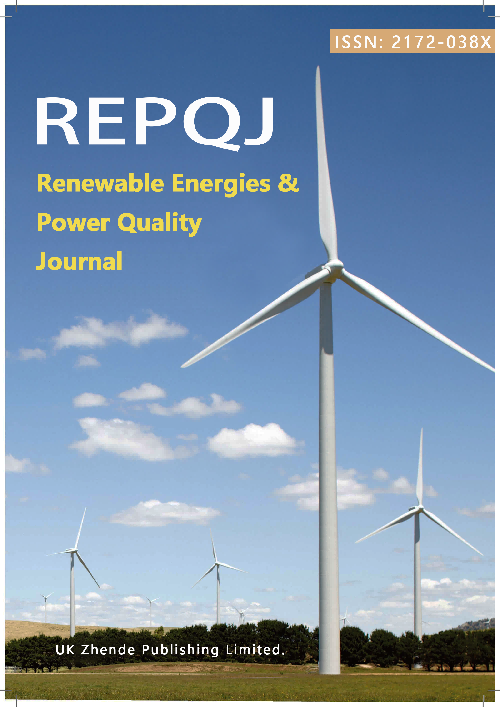Assessment and thermal modeling of the impact of a floating photovoltaic system on lake temperature
DOI:
https://doi.org/10.52152/4560Keywords:
floating photovoltaic system, thermal modeling, lake temperature, one-dimensional modelAbstract
This paper evaluates the impact of a floating photovoltaic system on lake temperature using a one-dimensional thermal model. The modeling approach incorporates established heat flux formulations and lake temperature dynamics, utilizing key meteorological inputs such as power density of solar radiation, wind speed, air temperature, humidity, and precipitation. The model analyzes temperature variations at different depths under various floating photovoltaic system coverage scenarios and compares them to a reference case without a floating photovoltaic system. The results indicate that a floating photovoltaic system affects the lake’s thermal regime by enhancing cooling during warmer months and limiting heat loss in colder periods. A floating photovoltaic system also alters latent heat flux and evaporation, further affecting the lake’s energy balance and stratification. These findings highlight the importance of considering FPV-related thermal effects in environmental assessments.
Downloads
Published
Issue
Section
License
Copyright (c) 2025 K. Sredenšek, D. Kuhar, J. Počivalnik, E. Simonič, G. Štumberger, S. Seme (Author)

This work is licensed under a Creative Commons Attribution 4.0 International License.











